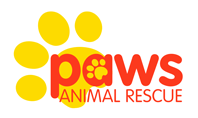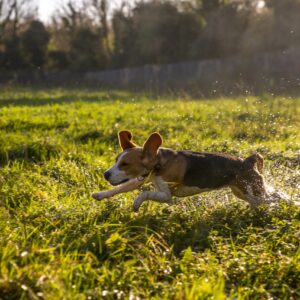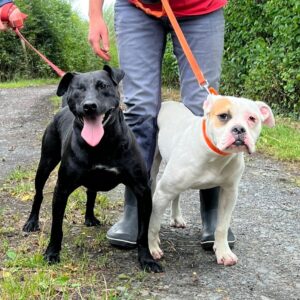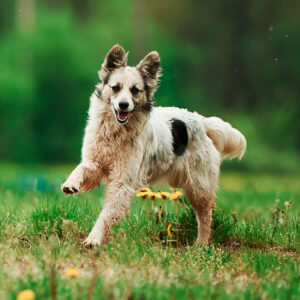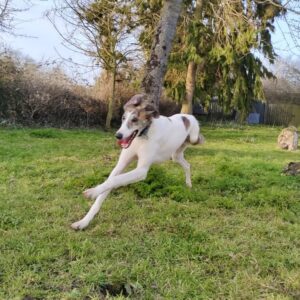Let’s talk management strategies!
Management is any strategy we put in place to prevent our dogs from practicing unwanted behaviours. It’s one part of every training plan while we work to teach our dog’s new behaviours or modify existing behaviours. It’s also how we keep them safe, particularly around situations and routines that are new to them like new guests or a busier period.
If your dog is learning not to jump on guests, pop a leash on them to manage the behaviour and prevent them from rehearsing a jump greeting.
If your dog is prone to door dashing, pop a stairgate between the front door and the kitchen or living room.
If your dog is working through reactivity or an aversion to strangers, set up a “safety bunker” in the house where they can settle on a cosy bed behind a stairgate or barrier that they can have visual access but no one is entering their space preventing any escalations in stress.
Have a multi dog household that is prone to escalating to zoomies or fights? Give all dogs decompression time away from each other and allowing them to have individual enrichment without any stress or tension behind separate stairgates allowing them to rest undisturbed.
The important thing to focus on when it comes to your management strategy is to practice it when we don’t need it, so that it is a learned behaviour for when we do need it. Practice going into the safe space with your dog and sitting with them while they work through a calming enrichment like a simple food puzzle, lickmat, long lasting chew or snuffle mat. Make all the delicious things happen in this spot and slowly increase your dog’s time spent in here. If they stress or try to escape, this is our cue that they need more of you spending time in there with them.
Try some settle exercises on a mat or bed behind the stairgate or in the crate. Use a leash if you need to and keep it loose without pulling on it. Ask them for sit or lie down and practice gently placing a treat in between their paws while they’re lying down helping them learn to settle on cue.
During the busy times, designated the role of bringing the dog behind the stairgate or crate in a quiet part of the house to a responsible adult. Always provide calming enrichment for the dog to settle with. For longer busy periods like parties at Christmas, have the designated dog adult bring the dog for short sniffy strolls or potters around the garden on leash for toileting breaks and then provide more calming enrichment back in the safe set up again.
